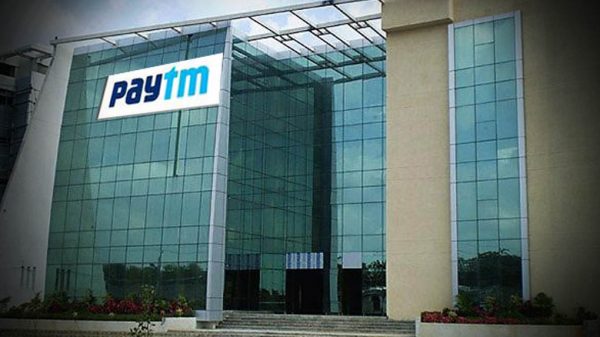By Sanjay Sinha, Head of Fortumo India

The Watal Committee’s recent report on digital payments brought some long-awaited clarity to the digital payments ecosystem of India. I believe I speak on behalf of all mobile operators, service aggregators and digital merchants using carrier billing when I say we are glad to see direct carrier billing was touched upon in a positive manner in the report; and it is not an exaggeration to call their recommendations on carrier billing revolutionary.
Carrier billing has so far been an afterthought in the digital payments industry of India due to an outdated perception on the nature of the payment method; for some, carrier billing still means conventional utility of payments for ringtones, logos and other simple VAS products.
If we look at other countries across the world however, the picture is drastically different. Most recently even Apple – the world’s most valuable technology company – has implemented this payment method in their App Store. In Europe, carrier billing has also passed over to the physical world and can be used to pay for services like taxi booking, parking fees and even physical purchases in vending machines.
While other countries have pushed forward with regulation that has allowed adoption of carrier billing on a larger basis, so far we have been lagging and regulation has proven to be a big stumbling block.
One example of this is the logic of carrier billing payments only being allowed for services consumed on mobile devices. People already are listening to music through Spotify on both their mobiles and laptops; they are purchasing games from Google Play on their phones but also playing them on their tablets without SIM cards etc. There is no single point of consumption for digital services and with access being available from any device, payments should be too.
Another example has been the enforcement of double opt-in for transactions done through carrier billing. This regulation is understandable in the context of legacy VAS services where it has been done to protect the consumer. To combat fraud, there are many other measures, some of which we have highlighted in a recent white paper. For modern digital services, having such limitations in place does not make sense and reduces attractiveness for merchants to implement the payment method as well. Especially now, as there is a double standard in comparison with card-based payments.

But it is welcome to see that Watal Committee is seeing the potential for growth and expansion of the payment method and hopefully the issues mentioned above will get cleared up as well. Our estimates (based on annual financial reports and our own internal payments data) show that in Europe, depending on the market, up to 20% of people are using carrier billing. We feel the uptake in India could be even higher as Europe has strong bank infrastructure while in India carrier billing could be the default digital payment method for large sections of users who have not been reached by banking and other payment systems.
The recommendation of enabling carrier billing for low value transactions in a “sandbox environment” with light touch regulation has the potential to bring carrier billing on par with other forms of digital payments. This is a welcome stance, especially after the recent RBI clarification on TRAI queries about prepaid balance on digital purchases, which was a big disappointment and led to many large carrier billing projects being stalled or curtailed by telecom operators. The order had also put a big ambiguity over carrier billing in India.
The Watal Committee recommendation then not only clears the dark clouds over carrier billing, but shows a way forward to put carrier billing in its right place in digital ecosystem in India. The committee clearly and correctly recognizes the fact carrier billing could be a very important tool for India where other forms of digital payments have somewhat limited reach as compared to carrier billing. After all, virtually everyone already owns a mobile phone and a SIM card, which makes it potentially the second most available payment method after cash.
The recommendations, if implemented in the right way, can lead to expanding the reach of carrier billing from digital entertainment to a wide array digital services, like taxi booking, classifieds, healthcare and education. Mobile operators, digital service companies and finally consumers would gain greatly from the implementation of the recommendations. And this is not just to get access to paid entertainment, but in the longer perspective, services that improve their quality of life.
We should, however, exercise necessary caution, with optimism of course, because these are just recommendations. A lot will now depend on how and when these are implemented. A lot also needs to be done by the telecom operators on the business model front; allowing higher revenue share for merchants on par with global standards would go a long way in making carrier billing a viable, if not first choice of many merchants.
*
Also read:
- On making carrier billing independent of carriers
- Watal committee recommends light touch regulation for carrier billing in India
Image Credit: Image by Robbert Noordzij, used under CC BY 2.0, from here.





























